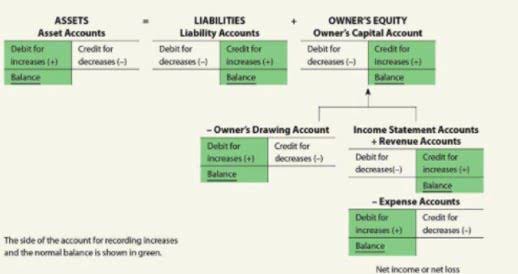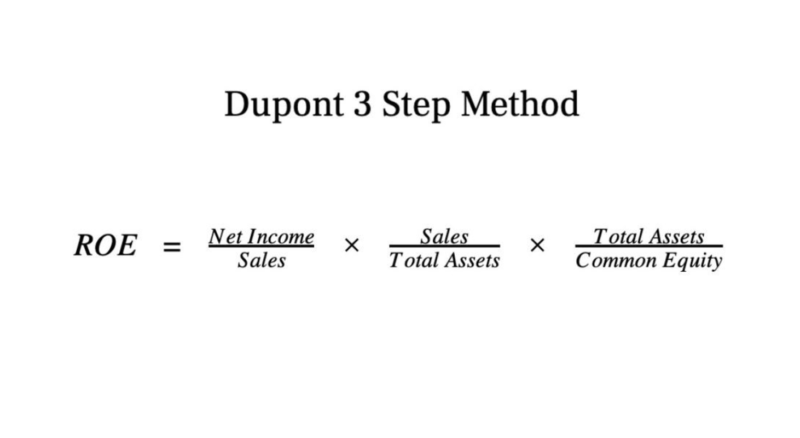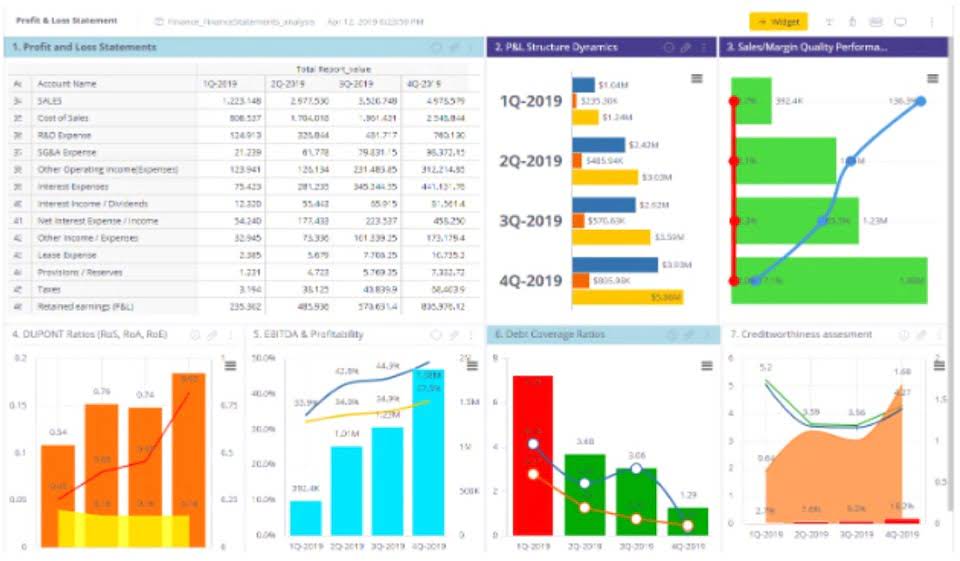Calculating and Analyzing After-Tax Operating Income

NOPAT is frequently used in economic value added (EVA) calculations and is a more accurate look at operating efficiency for leveraged companies. NOPAT does not include the tax savings many companies get because of existing debt. Whenvaluing equity, we often start with net income or earnings per share, which areafter-tax earnings. While it looks like we can avoid dealing with theestimating of tax rates when using after-tax earnings, appearances aredeceptive. A thorough analysis involves comparing after-tax operating income across multiple periods. This longitudinal approach helps identify trends and patterns, offering insights into the company’s performance over time.
Master Financial Modeling for Investment Banking With BIWS Core Financial Modeling
The amount of tax paid each month is based on a historical percentage, and the rate is often adjusted by a tax expert on a monthly basis. The tax expense is reported on the income statement while the tax payable is a liability on the balance sheet. When comparing companies as an investment, it’s important to look at these metrics in regard to the specific industry in which they operate. An operating income that may be considered “bad” in one industry might be acceptable in another.
- Where operating income is (gross revenue – operating expenses – depreciation), otherwise called the pre-tax operating income (PTOI).
- For example, a sudden increase in corporate tax rates can lead to a decrease in after-tax operating income, affecting a company’s ability to reinvest in its operations, pay dividends, or expand its workforce.
- Because it is not a part of GAAP; after-tax taxable profits, net operating profit after tax (NOPAT) is somewhat close in nature to.
- The variability of tax rates across different regions can also impact where companies choose to operate.
- This is without taking the capital structure into consideration (debt to equity).
Create a free account to unlock this Template
ATOI is often used in conjunction with other financial metrics such as operating income and gross profit margin. Comparing ATOI to these other financial metrics can give more insight into a company’s financial performance. If firms defertaxes, the taxes paid in the current period will be at a rate lower than themarginal tax rate. In a later period, however, when the firm pays the deferredtaxes, the effective tax rate will be higher than the marginal tax rate. This non-GAAP measure avoids any after-tax benefits or charges like effects from accounting changes.
ATOI and NOPAT

If you are explicitly ignoring the company’s Debt and Equity percentages and saying they don’t matter, you can’t also give the company a “tax benefit” for a certain amount of Debt. NOPAT is “available” to all the investors in the company, so it can be used to pay the shareholders, the lenders, and the Preferred Stock investors (if they exist). If we were calculating NOPAT for Best Buy, we would not add back this Restructuring expense, just like we would not add it back in the EBITDA calculation. It plays a direct role in some calculations, such as Return on Invested Capital (ROIC), but very few people calculate NOPAT as an independent metric. Like many metrics, NOPAT is mostly an “intermediate step” in financial models and other analyses, such as the DCF model.
- It is additionally utilized in the calculation of economic free cash flow to firm, which equals after-tax operating income minus capital.
- The after-tax operating income can likewise be defined as earnings before interest and after taxes (EBIAT).
- Operating income is the profit a company earns after deducting its operating costs from revenues.
- A thorough analysis involves comparing after-tax operating income across multiple periods.
- Understanding after-tax operating income is crucial for businesses aiming to gauge their true profitability.
Net Operating Profit After Taxes (NOPAT): Formula, Meaning, and Excel Examples

Companies that strategically leverage these opportunities can enhance their profitability. The formula for after-tax operating income is similar to the operating income formula. This calculation also differs from the net operating profit after tax calculation. The traditional operating income becomes the after-tax operating income pre-tax income with the after-tax calculation. Operating income is the profit a company earns after deducting its operating costs from revenues. This income comes from subtracting direct and indirect expenses from net sales.
While operating income before taxes normally appears directly on the income statement, after tax operating income does not. As the first formula presented shows, ATOI can be calculated from PTOI by calculating the tax liability specifically for the pre-tax income figure and subtracting that Accounting For Architects tax figure from the pre-tax income figure. In addition to providing analysts with a measure of core operating efficiency without the influence of debt, mergers, and acquisitions analysts use net operating profit after tax.
- This is important to consider when making business decisions, as it can provide a more accurate assessment of the financial health of the company.
- For investors and managers alike, analyzing this figure helps in making informed decisions about resource allocation, cost management, and strategic planning.
- Therefore, the after-tax operating income may be high or low based on those adjustments.
- Companies that focus on continuous improvement and operational excellence are better positioned to maximize their profitability.
- NOPAT explicitly ignores the net interest expense because it’s supposed to be capital structure-neutral and, therefore, won’t be affected by a company’s Cash, Debt, or Equity.

Boost your confidence and master accounting skills effortlessly with CFI’s expert-led courses! Choose CFI for unparalleled industry expertise and hands-on learning that prepares you for real-world success. CFI is the global institution behind the financial modeling and valuation analyst FMVA® Designation. CFI is on a mission to enable anyone to be a great financial analyst and have a great career path.

- This is the income that occurs until all the costs are subtracted in the first half of the profit and loss account.
- As the tax rates used to estimate theafter-tax operating income change, the rates used to compute the after-tax costof debt in the cost of capital computation also need to change.
- ATOI is more useful to investors as it excludes the impact of taxes and other one-off things which may distort operating revenue.
- It is also used in the calculation of economic free cash flow to firm, which equals after-tax operating income minus capital.
- After all, taxes are collected, after-tax operating income (ATOI) is the income of a corporation or organization operating.
- After-tax operating income does not include any income from investments, like interest income, dividends, etc., whereas EBIT does.
Whena firm has global operations, its income is taxed at different rates in differentlocales. The most widely reported tax rate in financial statementsis the effective tax rate,which is computed from the reported income statement. The variability of tax rates across different regions can also impact where companies choose to operate. For instance, multinational corporations retained earnings balance sheet often establish subsidiaries in countries with favorable tax regimes to minimize their overall tax burden. This practice, known as tax arbitrage, allows companies to take advantage of lower tax rates in certain jurisdictions, thereby enhancing their after-tax operating income. However, this strategy requires careful navigation of international tax laws to avoid legal pitfalls and potential penalties.
